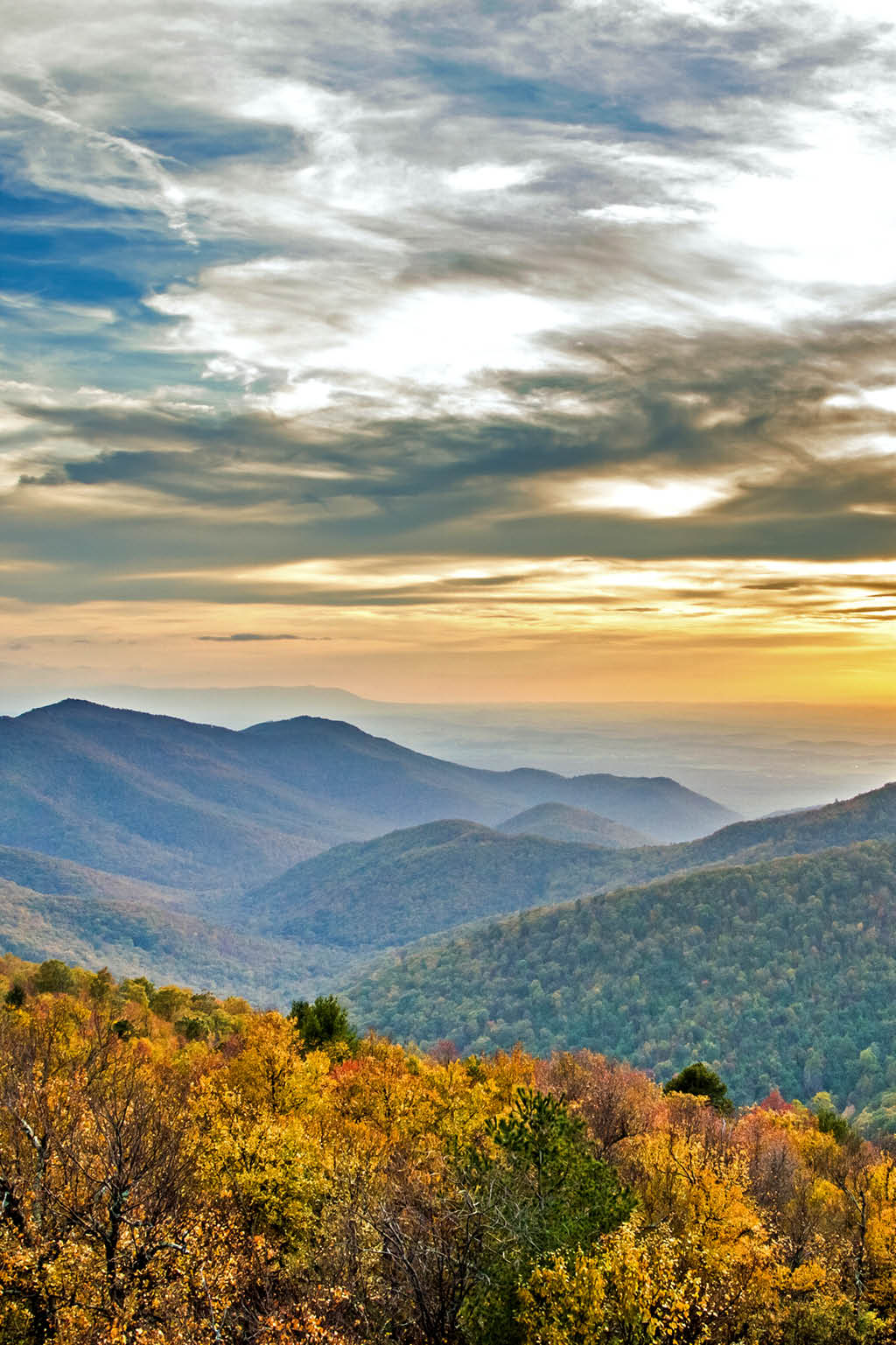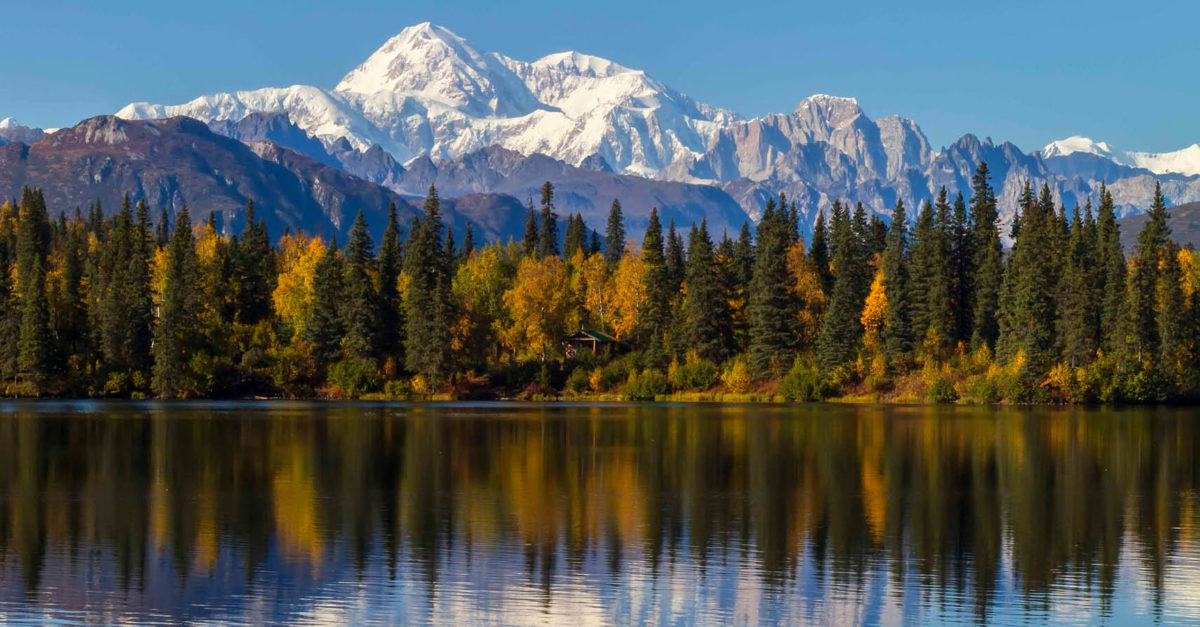Mountain High, Valley Low
As you board your kayak and paddle through the tourmaline fjords of Alaska’s Glacier Bay, the wintry wilderness is there to greet you. Hundred-ton icebergs more than thirty feet in length are just out of reach but bob like corks in the still water. If you’re lucky enough, you might catch a glimpse of a breaching humpback whale—one of the largest mammals on Earth—or a brown bear trawling for salmon along the bay’s rocky coast.
From the temperate rainforests of Washington State to the subtropical marshes and mangroves of Florida, there is no better place to witness the diversity of the American landscape than inside its national parks. The objective of the National Park Service—to preserve and protect all that makes America so beautiful, be it cultural or natural—has ensured that each park is a treasure in itself; a swath of untrammeled land waiting to be surveyed and a true adventure-seekers paradise.
No matter your interests, you are almost guaranteed to find a national park that offers you your own brand of personal bliss, whether that means rock-climbing El Capitan, white water rafting down the Grand Canyon, or scuba diving through Dry Tortugas—you name it. And you probably don’t have to travel very far to get there. With more than fifty-eight parks to choose from, it’s easy to uncover an adventure not far from your own backyard.
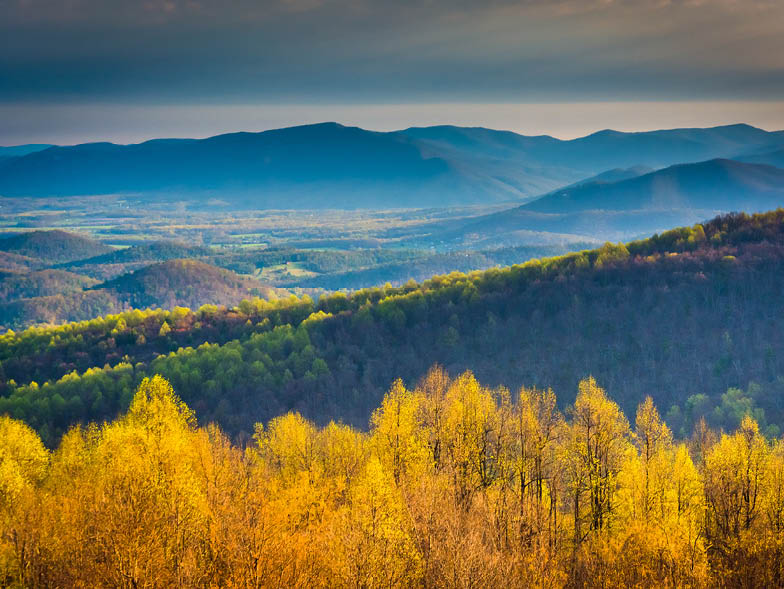
In the Shadow of Shenandoah
Hiking is one of the most enjoyable aspects of a national park visit and has been a beloved pastime in America (and all over the world) for centuries. The number of hiking trails within the national park system are seemingly endless but, if you have to make a choice, head east to northern Virginia’s Shenandoah Park, which boasts more than five hundred different trails.
The Shenandoah Valley formed more than one billion years ago when long-active volcanoes became dormant and solidified magma developed the base of the Appalachian Mountains. The storied history of Appalachia makes this park an adventure not only for its natural beauty but also for its important place in American history—as a landing place for early settlers and a key battleground during the Civil War.
Hiking trails in Shenandoah range from short family-friendly paths to long and strenuous treks on the park’s rocky cliffs and sloping mountain faces. Most of the trails can be accessed from the valley’s north, central, or southern districts, with entrances from a number of main highways, such as US Route 211, US Route 33, and I-64.
For a real test of endurance, gutsy visitors favor the trail around Old Rag Mountain, which spans more than nine miles through the park’s more demanding territory. The hike typically takes between seven and eight hours to complete, so the NPS urges travelers to be prepared for a moonlit trip back if you get a late start. This hike can be particularly beautiful in the spring and fall, with an opportunity to catch a peek at the park’s wide array of wildlife at their most active.
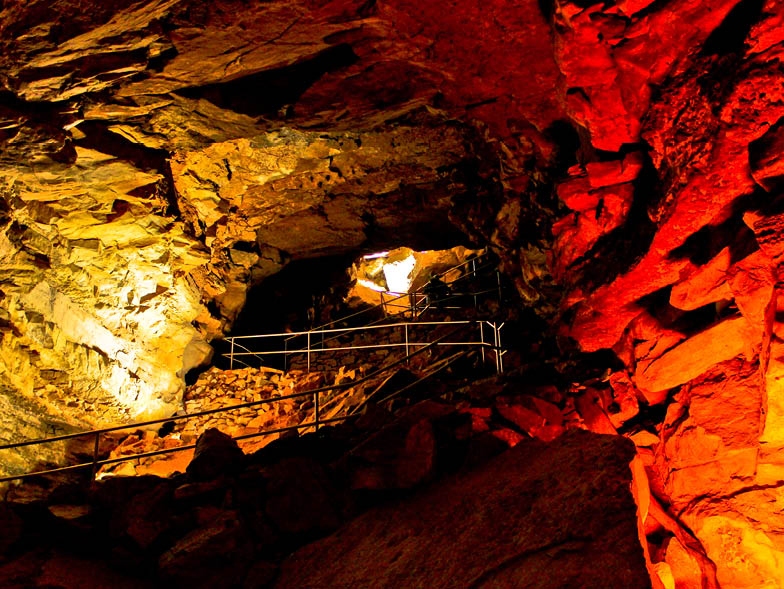
A Mysterious Maze
Hiking up one of the rockiest trails in the eastern US not enough of a challenge? Take comfort in the fact that national park attractions that run the gamut from tame to treacherous.
One of those treacherous attractions comes by way of the tours at Mammoth Cave National Park, just outside of Brownsville, Kentucky. The series of caves twist and turn through more than 52,000 acres of limestone and sandstone deposits (an incredibly sturdy combination) making it the largest cave system in the world. Several Native American remains have been found throughout the caves, too, which have made it a hot spot for archaeological activity since the 1800s. In fact, there has been so much interest in Mammoth Cave that during the early 1900s, local residents competed for tourist money by posting fake signs in an attempt to lure visitors to other parts of the cave.
The park is now better known for its guided tours and spelunking opportunities—which include walks through some of the narrowest and darkest portions of Mammoth Cave. You can start small with a Domes and Dripstones Tour—a four-mile excursion that descends down 280 flights of stairs into some of the natural dome structures, and touches on how the stalagmite and stalactite formations are made. One of the oldest and most popular outings is the Cleveland Avenue Tour, which winds through a series of crystalline and gypsum-covered rooms, including the famous Snowball Room which has been a fan of tourists since the nineteenth century.
The Wild Cave Tour offers something a little more challenging. Accompanied by a few experienced guides, this tour meanders up and down the paths less-traveled and participants are required to wear special footgear and jumpsuits, which offer more grip on some of the cave’s slippery surfaces. The six-mile journey takes a little more than six hours to complete and at times requires you to squeeze, climb, and crawl through passages as little as nine inches high. Though not offered all year-round, it’s one of the most memorable cave tours in the country, and, probably, the world.
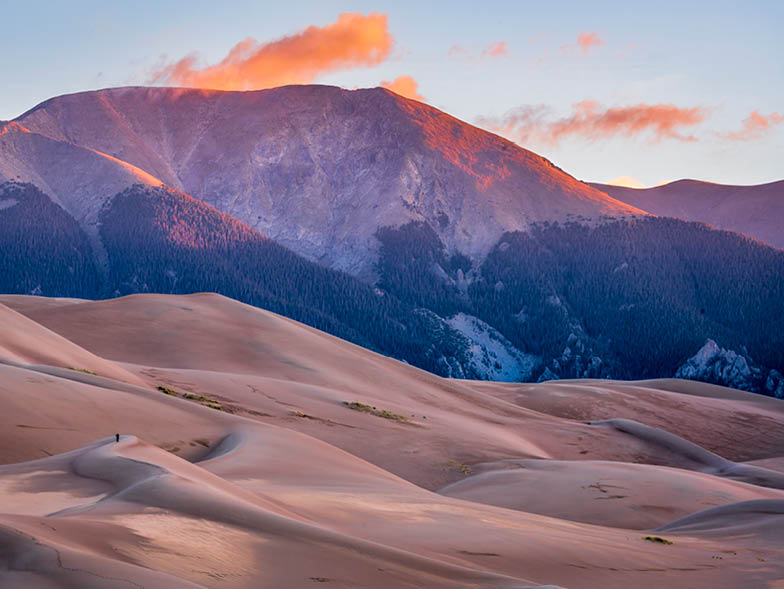
Dare to Dune
Mammoth Cave may be scary for those with a fear of dark, cramped spaces, but there’s nothing but fresh air at one of Colorado’s most popular tourist destinations—Great Sand Dunes National Park and Preserve.
If you thought hundred-foot sand dunes couldn’t exist in the United States, think again. What was once a giant lakebed in southern Colorado slowly receded after millions of years, and multidirectional winds pushed the dry sands together, forming the steep dunes that now exist in the valley. The tallest sand dunes in North America are set against a varied backdrop, with the Sangre de Cristo Range of the Rocky Mountains, lush grasslands, and Medano Creek, serving as borders for the park.
Visitors are encouraged to treat the dunes like snow-covered hills and catch a ride on a wooden sled or sandboard, provided by one of three local rental shops in nearby San Luis Valley. Traditional plastic sleds or metal discs wont slide down the sand properly (and will make for a bumpy and dangerous ride). Park officials recommend visiting in spring or fall, when temperatures are comfortable; temperatures of the dunes can reach as high as 150 degrees in the summer months.
When you’re ready to pack it in after a day on the dunes, the notable backpacking and camping offerings throughout the park give you a front row seat to one of nature’s most brilliant experiences. Low light pollution and high elevation make Great Dunes an ideal spot for taking in the Milky Way in all its glory. Park officials say it’s best to plan a night visit during two times of the month—on “no moon” nights when the park is at its darkest, or full moon nights when you can explore without the aid of a flashlight.
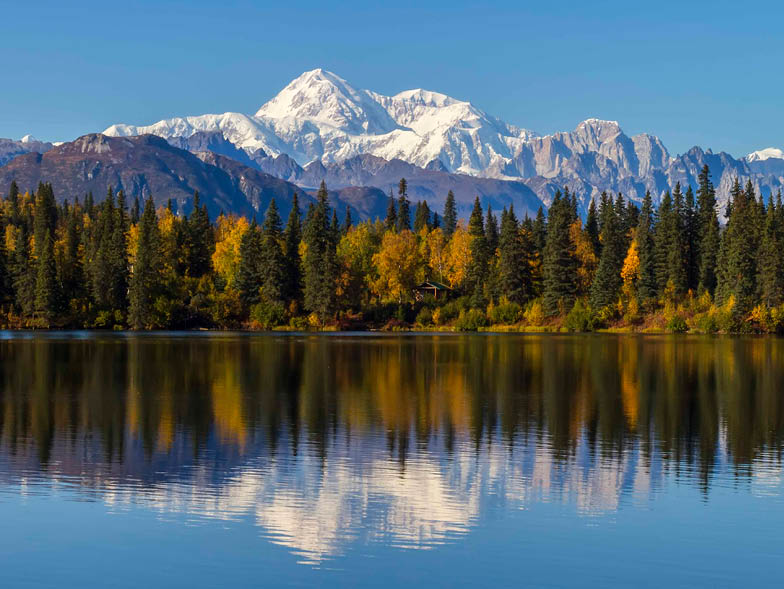
The Star of the North
Stargazers will thoroughly enjoy the breathtaking views at Great Dunes, but for a true once in a lifetime experience, you have to venture a little farther north—more than 3,000 miles north, to be exact.
Named for the highest point in North America and the mountain at the center of it all, Denali National Park spans six million acres across central Alaska, making it the largest national park by far. Within the boundaries of the park lay a vast wilderness that encompasses the heart and soul of the NPS’s mission of preservation. Here you’ll find experiences that you can’t find much anywhere else on Earth, including one of the most spectacular natural displays that brings in thousands of visitors each year—the Aurora Borealis.
If you turn your eyes toward the evening Denali sky between late August and early April, you are apt to see waves of iridescent light that swoop over the mountain peaks. The Aurora Borealis has a rich history here and was often a part of mystical experiences for the areas first inhabitants. We now know that this phenomenon is caused when particles in the Earth’s atmosphere interact with solar winds released during a coronal mass ejection (solar flare). The park is such an ideal spot to catch the Northern Lights because of its close proximity to the North Pole and its near 24 hours of darkness in the winter months.
One of the best ways to witness this spectacle is by winter camping, which is available between October and April at Denali. Backcountry camping requires a permit, and is certainly not for beginners. Visitors are urged to take extreme precaution, as guides and other experts are not always within reach. Though for snow lovers, there really is no comparison to snowshoeing through miles of untouched winter landscape and setting up tent in the shadow of Mount Denali.
Find Yourself
Unlike many other vacations, a trip to the national parks is an opportunity to tap into what makes us most human. Our connection to the outdoors is fundamental, if not transcendent, and can help us feel more at peace, even in the midst of a sweat-inducing hike or mind-bending trip down a rapid.
These parks have remained one of America’s most popular destinations for generations for their beauty and promise of adventure, but also for their matchless ability to make us feel more interconnected—something that only a national park adventure can provide.
